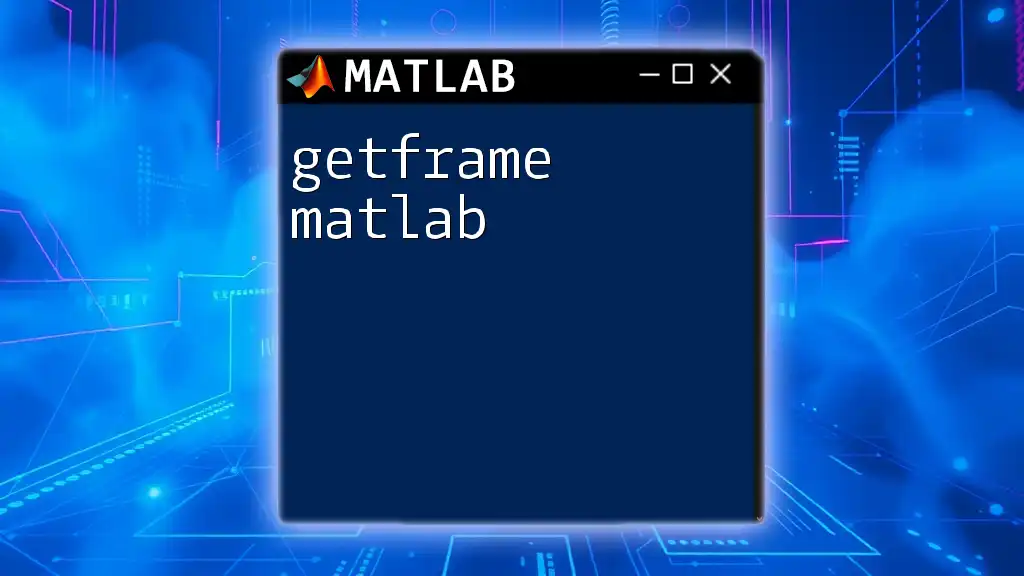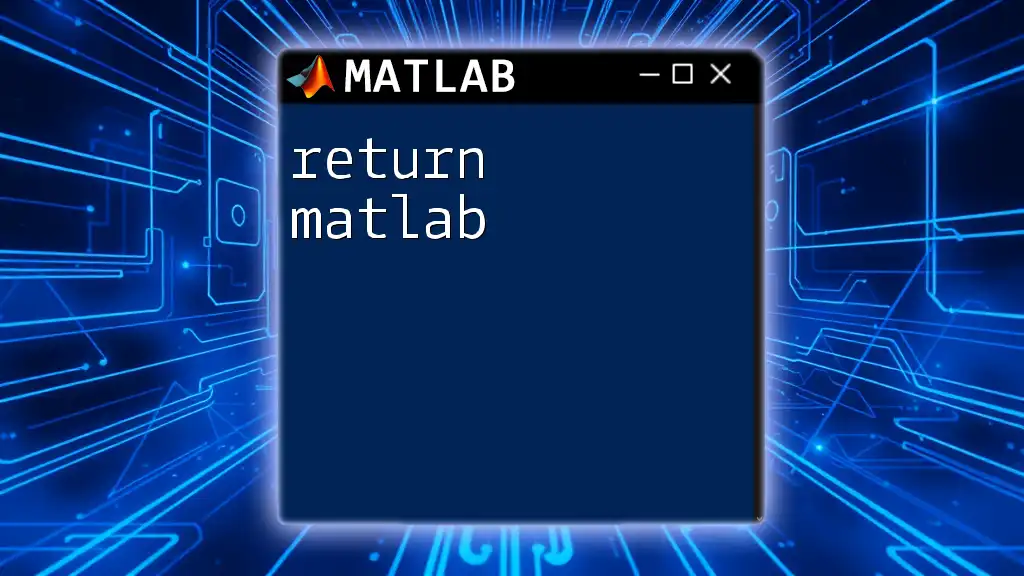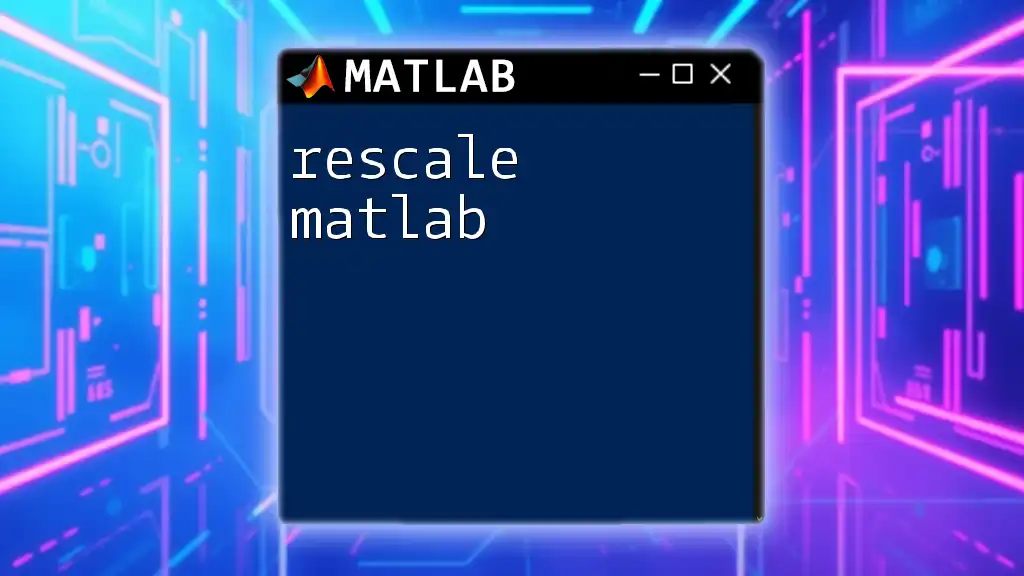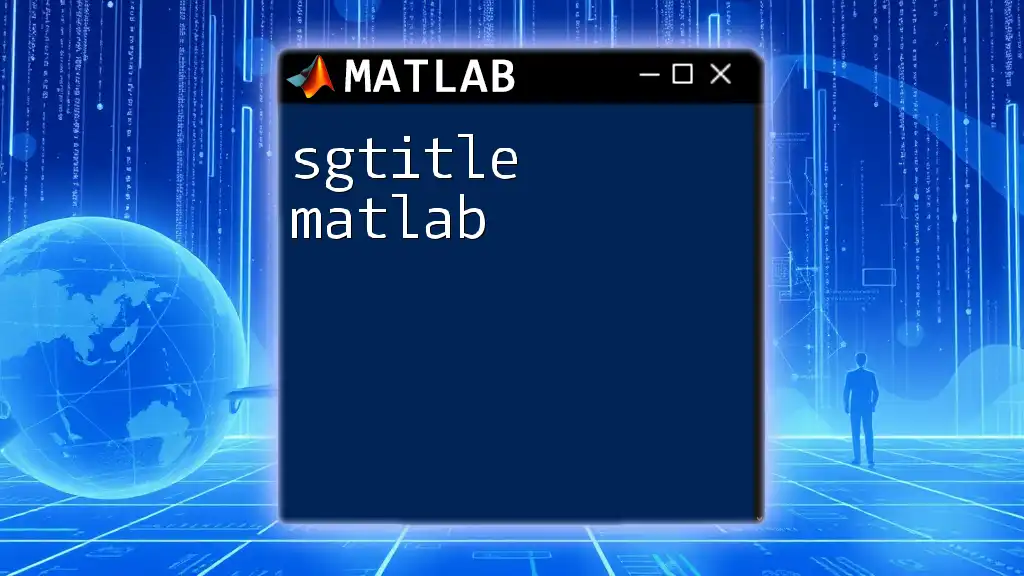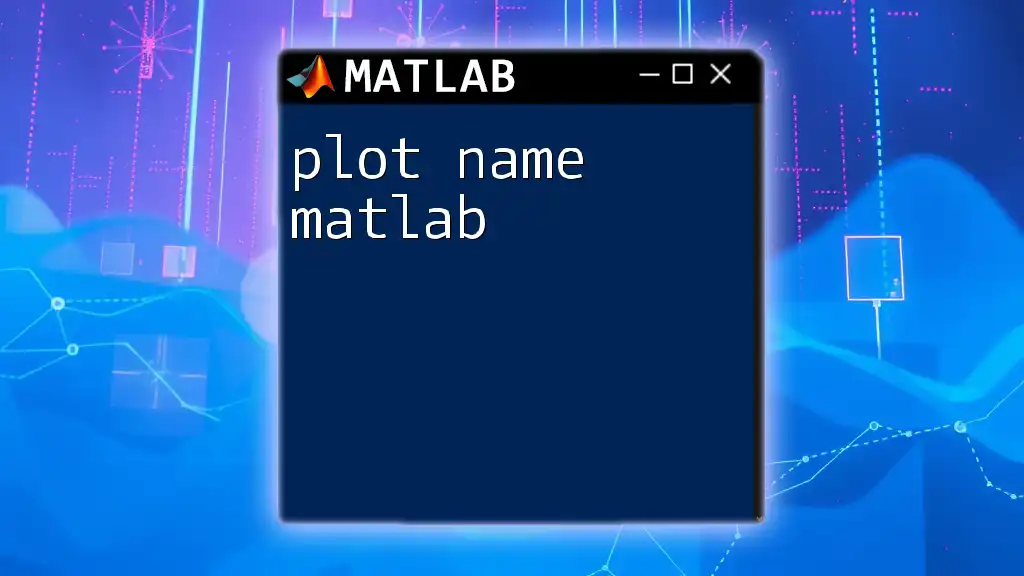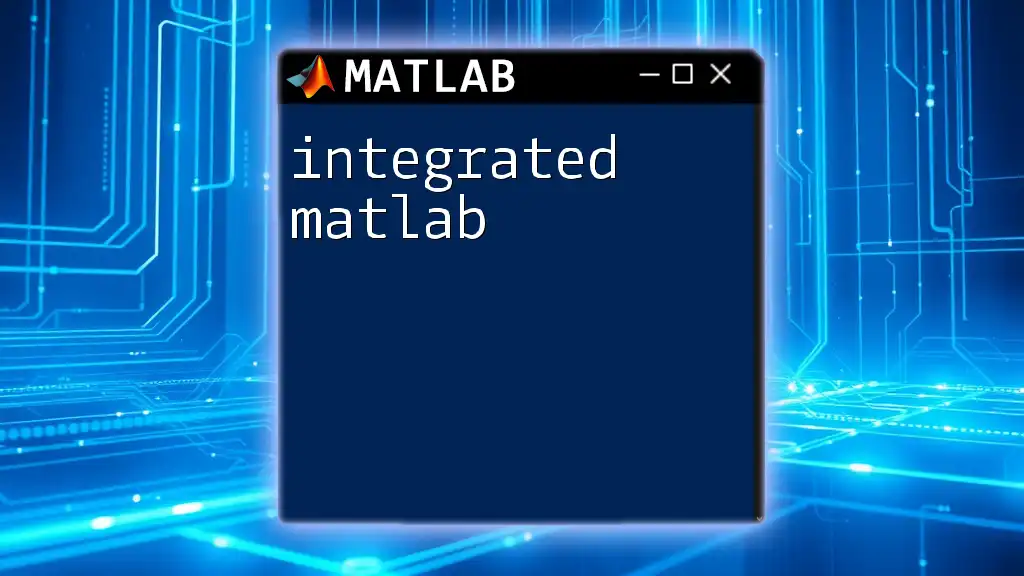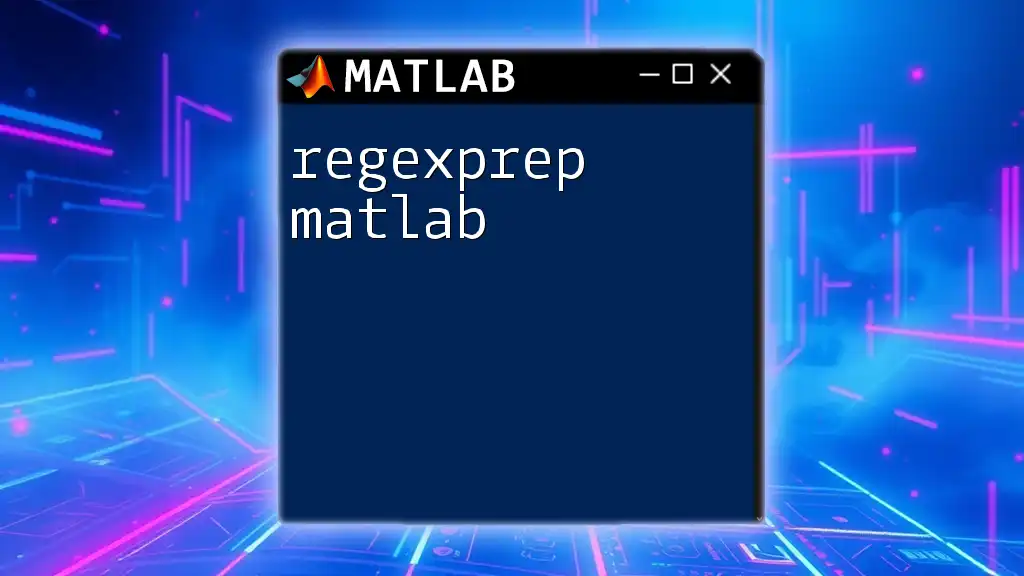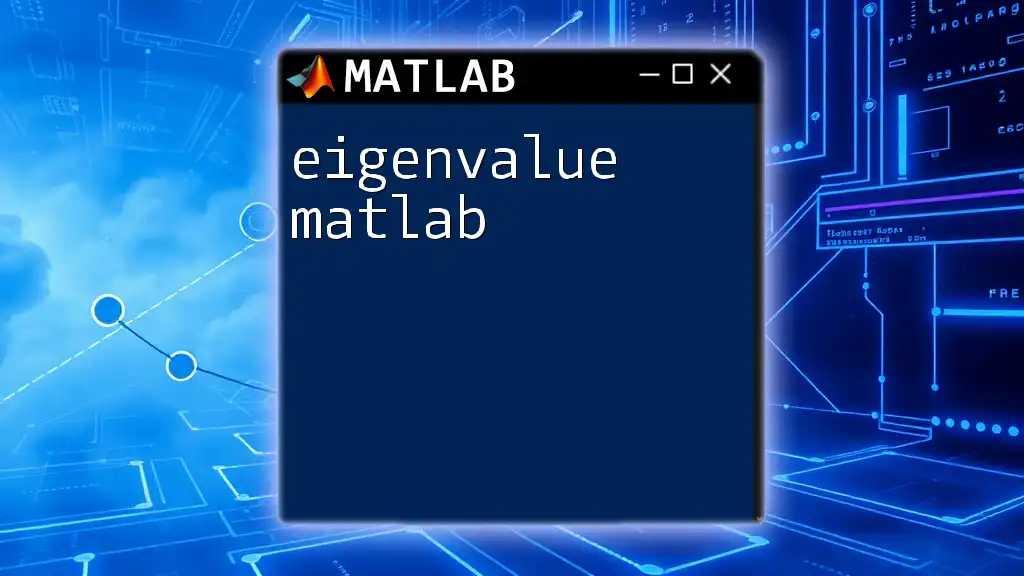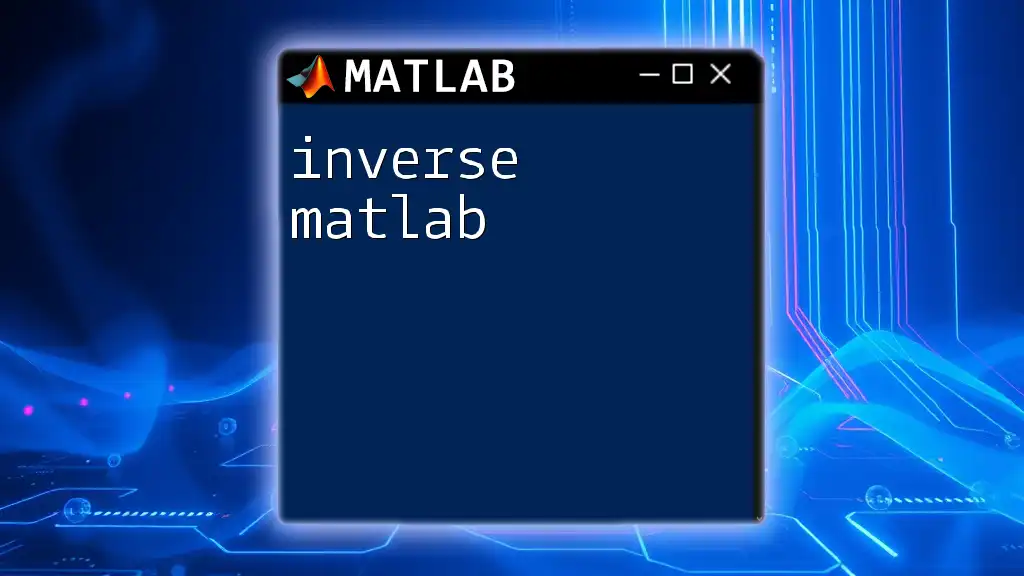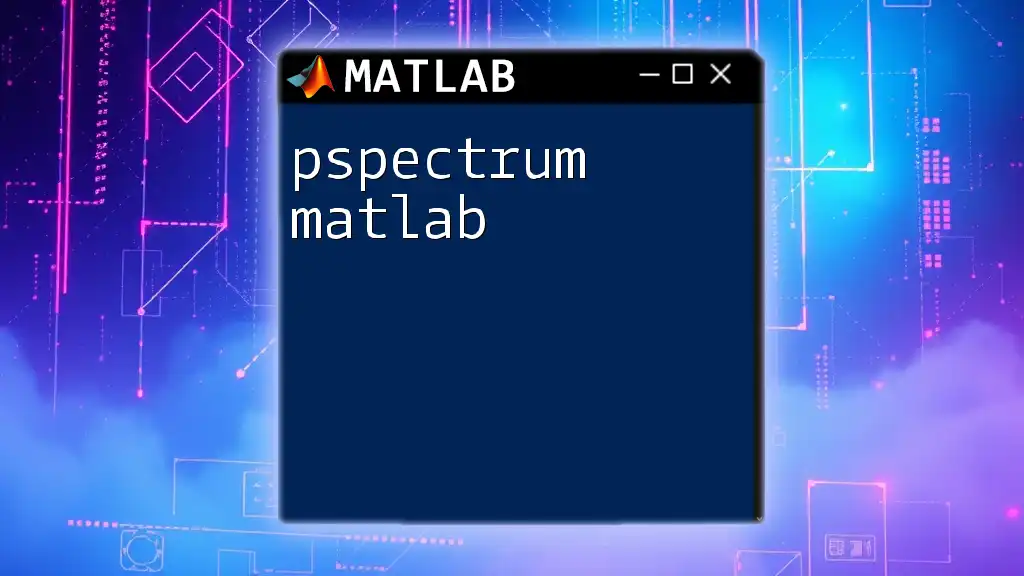The `getframe` function in MATLAB captures the current figure or axes and returns it as a movie frame that can be used for creating animations or saving as movies.
Here's a code snippet demonstrating how to use `getframe`:
% Example MATLAB script to capture a frame
figure; % Create a new figure
plot(rand(1, 10)); % Generate a random plot
frame = getframe(gcf); % Capture the current figure as a frame
imshow(frame.cdata); % Display the captured frame
What is getframe?
The `getframe` function in MATLAB is a powerful tool used for capturing frames from the current figure or specific axes in a graphical window. This function is particularly useful for creating animations and videos, as it allows you to capture the state of your plots at any given moment.
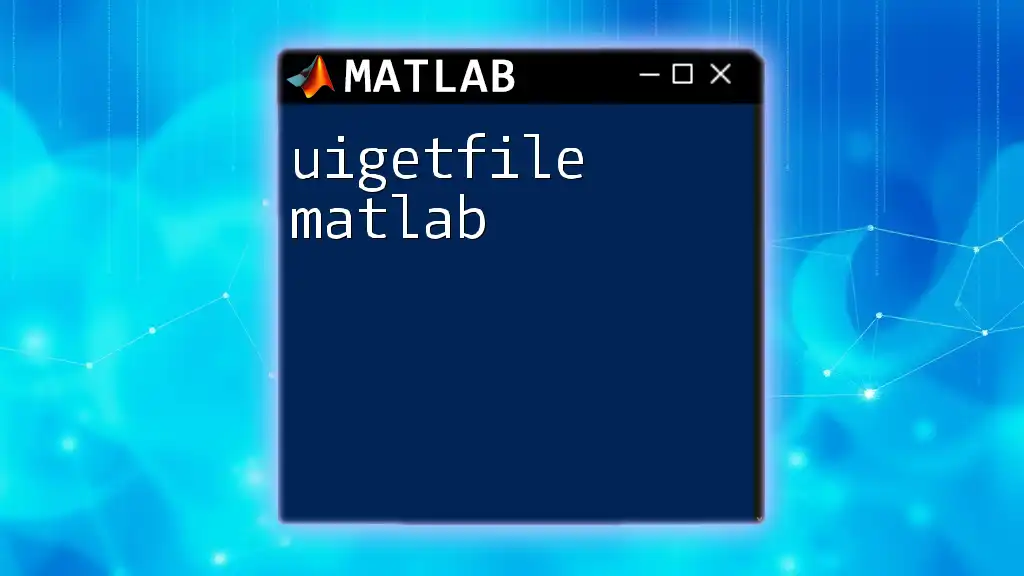
When to use getframe?
`getframe` is commonly utilized in scenarios such as:
- Creating visual animations to illustrate data over time.
- Producing videos from graphical content for presentations or educational purposes.
- Capturing plots for image analysis or logging data progression.

Understanding the Basics of getframe
Syntax and Functionality
The basic syntax for `getframe` is as follows:
F = getframe(h)
In this context:
- `h` refers to the handle of the figure or axes you wish to capture.
- `F` is the returned frame captured, represented as a structure containing the image and associated data.
Example: Basic Usage of getframe
A simple use case of `getframe` can be illustrated through the following code snippet:
x = 0:0.1:10;
y = sin(x);
plot(x, y);
F = getframe; % capturing the current figure
In this example, we generate plot data using the sine function and display it in a figure. The `getframe` command captures this plot at that moment, allowing for further processing or video creation.
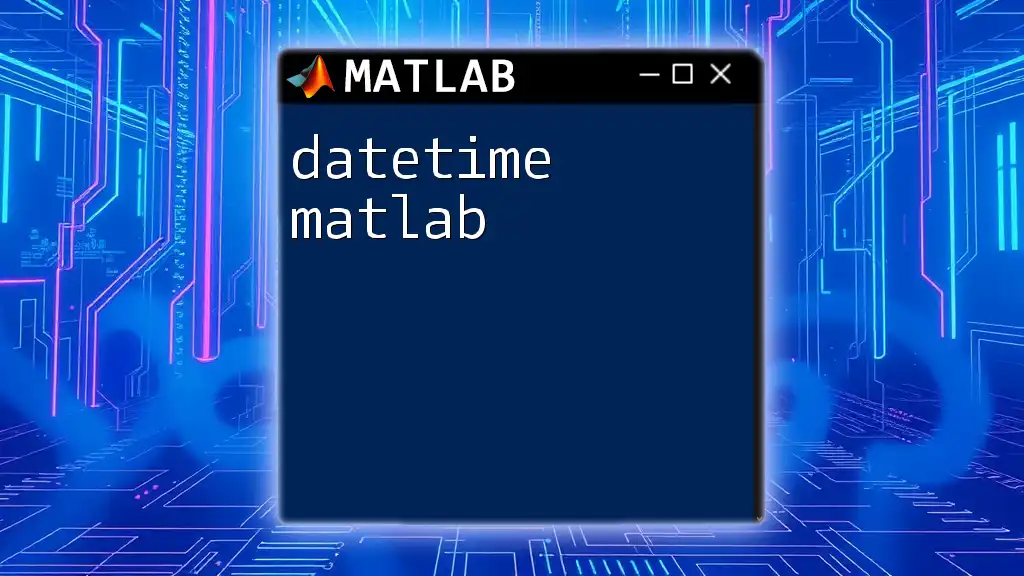
Advanced Features of getframe
Capturing Specific Areas
`getframe` can also be used to capture specific areas within a graphical figure, such as axes. This is done with the following expanded syntax:
F = getframe(hAxes)
Example: Capturing specific axes
axesHandle = axes;
plot(axesHandle, x, y);
F = getframe(axesHandle);
Here, `getframe` captures only the content of `axesHandle`, allowing for a focused view rather than the entire figure window. This is particularly useful when your figure contains multiple subplots or annotations that you don't want to include in the captured frame.
Customizing the Capture Area
You can enhance your frame captures by manipulating the axes limits. Adjusting `xlim` and `ylim` allows you to focus on particular segments of your data.
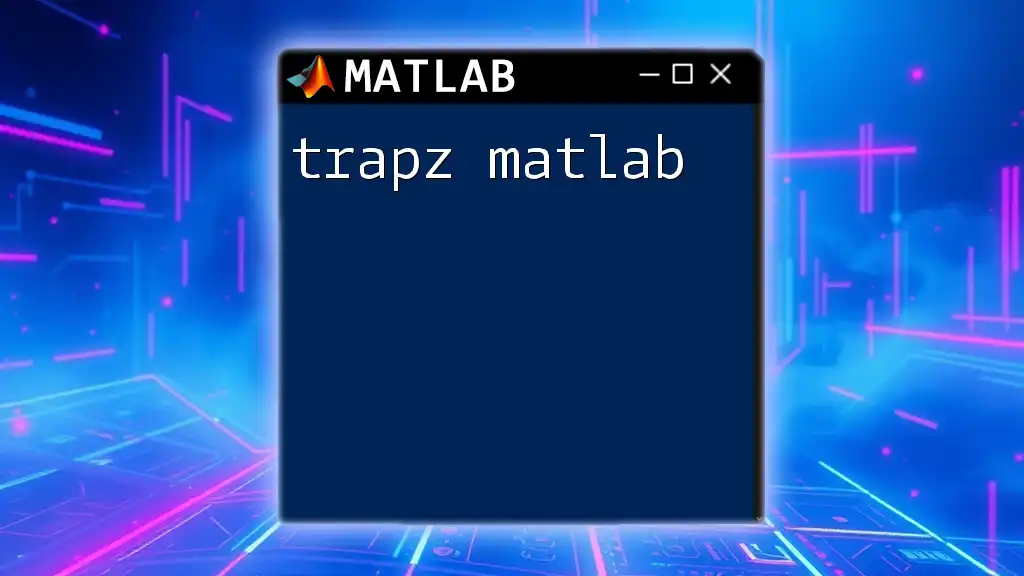
Integration with VideoWriter
Creating videos in MATLAB often involves integrating `getframe` with the `VideoWriter` function. This combination allows you to compile sequential frames into a coherent video file.
Example: Creating a Simple Animation
By capturing frames in a loop, you can create an animation as shown below:
v = VideoWriter('myvideo.avi');
open(v);
for k = 1:100
plot(sin(k/10 * x));
F = getframe;
writeVideo(v, F);
end
close(v);
This code creates a video named `myvideo.avi`, where the sine wave is animated over 100 frames. Each frame represents a different phase of the wave. The `writeVideo` function appends each captured frame to the video file, culminating in a complete animation.
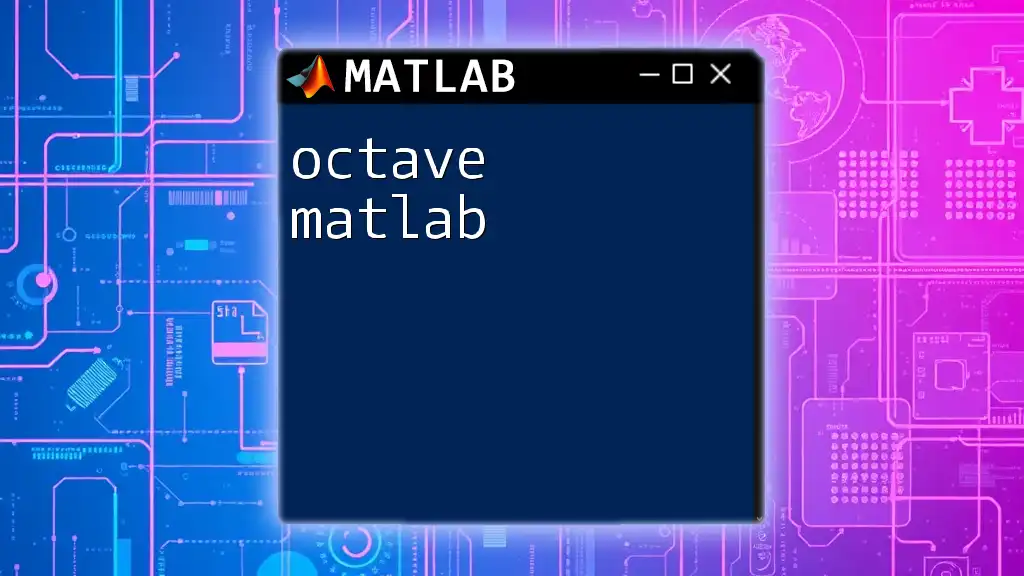
Practical Applications of getframe
Animation Creation
Using `getframe` to create animations involves a clear series of steps:
- Set up your figure and data.
- Implement a loop where you update your plots.
- Capture each frame with `getframe`.
- Combine frames into an animation or video.
Example: Simple Animation of Sine Wave
figure;
for k = 1:100
plot(x, sin(k/10 * x));
F = getframe; % capture the current frame
pause(0.1); % short pause for visibility
end
In this scenario, we animate a sine function over time. The `pause` function introduces a brief delay, allowing viewers to appreciate each frame before progressing.
Tips for Smooth Animations
To optimize your animations, consider the following tips:
- Adjust the frame rate according to the visual complexity. Too many frames can lead to performance issues.
- Use `pause()` wisely to control the speed of your animations, ensuring it's neither too fast nor too slow.
- Always test your animations on different platforms to check for any discrepancies.
Common Issues and Solutions
While using `getframe`, you might run into several common issues, including:
- Performance Lag: If your figures are complex, consider simplifying your plots or reducing the capture resolution.
- Cut-off Figures: Ensuring that your figure window is correctly sized and that you're capturing the right axes can prevent this problem.

Conclusion
In summary, the `getframe` function in MATLAB is a versatile and powerful command that serves various purposes in graphics and animation. Its applications range from simple visual effects to complex video productions. To harness its full potential, experimenting with the different options it provides will lead to enhanced results in creating engaging MATLAB visualizations.
Furthermore, this guide invites you to delve deeper into the capabilities of MATLAB’s graphical functions, leveraging `getframe` to transform your data insights into captivating visual stories. Don't hesitate to share your experiences and discoveries as you explore further into the world of MATLAB animations and graphics!
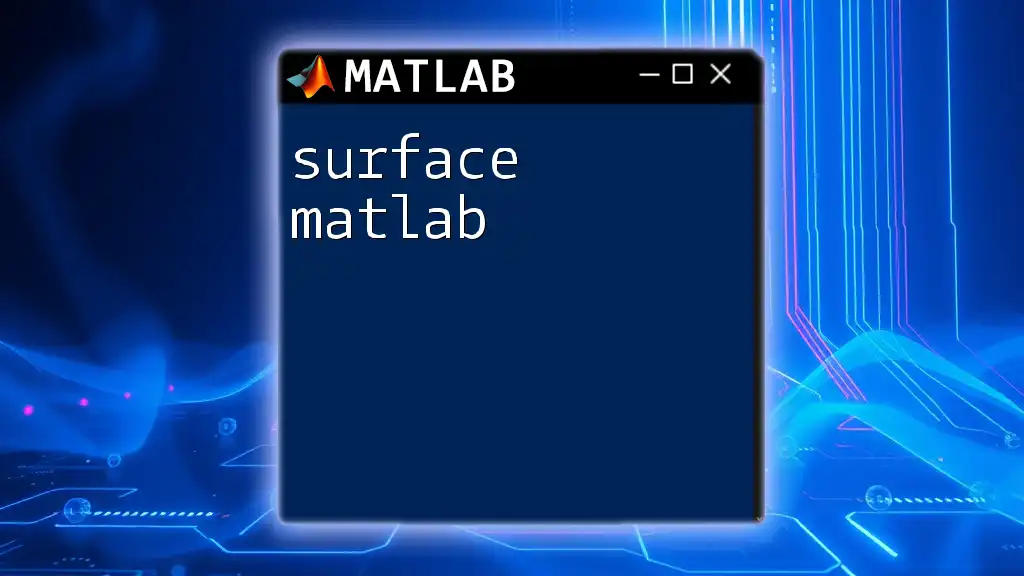
Additional Resources
For those looking to extend their knowledge, consider exploring the official MATLAB documentation on `getframe` and `VideoWriter`, as well as various online tutorials and teaching resources to deepen your understanding of MATLAB's powerful graphics capabilities.

